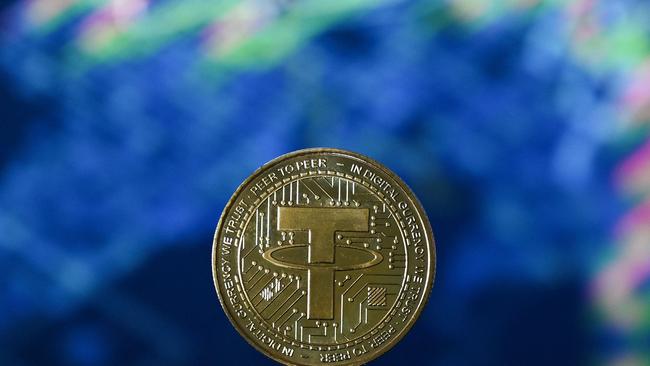Ethereum investors anxiously await ‘the merge’
The radical upgrade has been in the works for years and promises to reduce the cryptocurrency’s energy consumption by 99.95 per cent. But what if it fails?

Crypto investors are closely watching “the merge”, an upgrade to ethereum’s underlying technology that will mark the end of its “proof-of-work” chapter and a move to “proof-of-stake”, a change that promises to reduce energy consumption by 99.95 per cent and open up the cryptocurrency to wider adoption.
Ethereum’s designers have spent years working on the merge, which is now underway and is expected to complete between September 13 and 15. The upgrade will drastically reduce Ethereum’s carbon footprint and lay the groundwork for future scalability upgrades.
At its simplest, the change means network participants will no longer require expensive and complex “mining” computers to take part in earning ethereum, opening up the possibilities for everyday people looking to get involved, according to Coinspot head of marketing Ray Brown.
“The merge has been hyped up as a revolutionary milestone because, well, it is. Technologically the process is extremely difficult and has taken a long time to successfully trial,” Mr Brown said.
“The main benefit of the merge will be to reduce congestion on the ethereum blockchain and improve its energy efficiency, which is a huge bonus for the sustainability of digital currencies.
“It will also allow for major updates to security protocol on the network and will implement measures to foster better community conduct.”

James Kouzinas, executive at decentralised finance platform Crowdz, said the merge would likely be a positive one for both Ethereum companies and investors.
He said the likelihood of merge failure is very low.
“The ethereum core developers have been working on the move to proof of stake for a number of years and have planned the merge over several phases so it happens in a safe and secure way,” he said.
“In terms of ecosystem impact, the merge will enable drastically increased transaction throughput, which sets the stage for crypto mass adoption. At present, decentralised systems do not have high enough transactions per second to be considered an alternative to Visa and Mastercard but the merge changes this, and does so while maintaining its decentralised infrastructure.
“The ethereum merge will help pave the way for a more open and inclusive financial system and will bring decentralised finance to the masses in a sustainable way.”
Ethereum is outperforming bitcoin, rising 80 per cent from its cycle low, and eToro analyst Josh Gilbert said part of the reason for the price rise was because the merge was likely to decrease the overall supply of the asset, building its case as a store of value.
“It’s not clear whether it will have a huge impact on the rest of the market, but it’s more likely to have an impact on assets built on ethereum such as chainlink and uniswap,” he said.
“The important factor for investors to remember is that the merge is unlikely to have a big impact on the network in the short term. With big events and so much anticipation, the ‘buy the rumour, sell the news’ adage comes to mind. Therefore, investors should remember to take a long-term mindset when looking at crypto assets.
“A key factor that will determine its success is the security of the blockchain under a proof-of-stake as it moves away from proof of work. We’ve seen a lot of issues from proof-of-stake platforms like solana and others, but bitcoin’s security as proof-of-work is unmatched.”



To join the conversation, please log in. Don't have an account? Register
Join the conversation, you are commenting as Logout